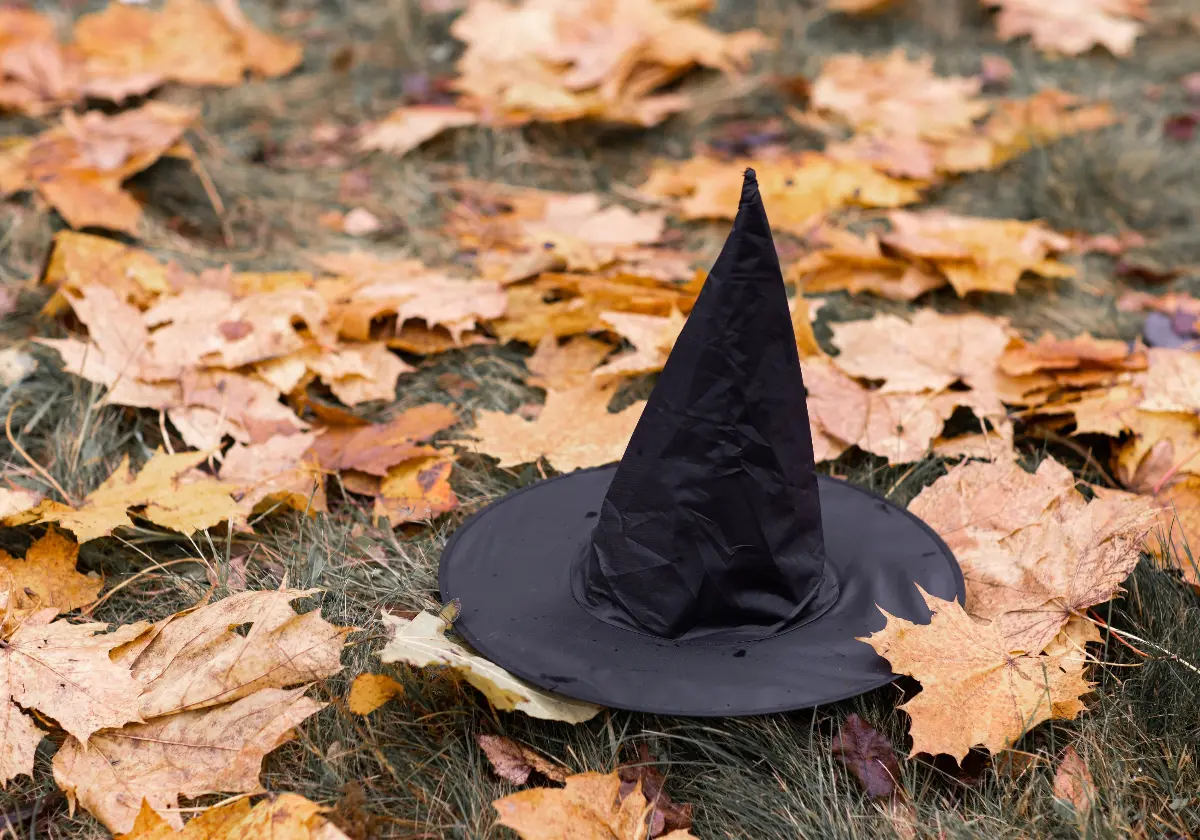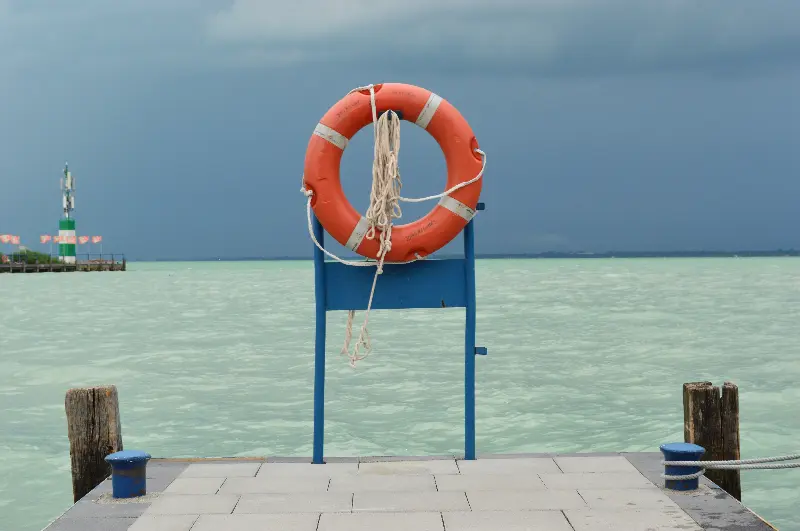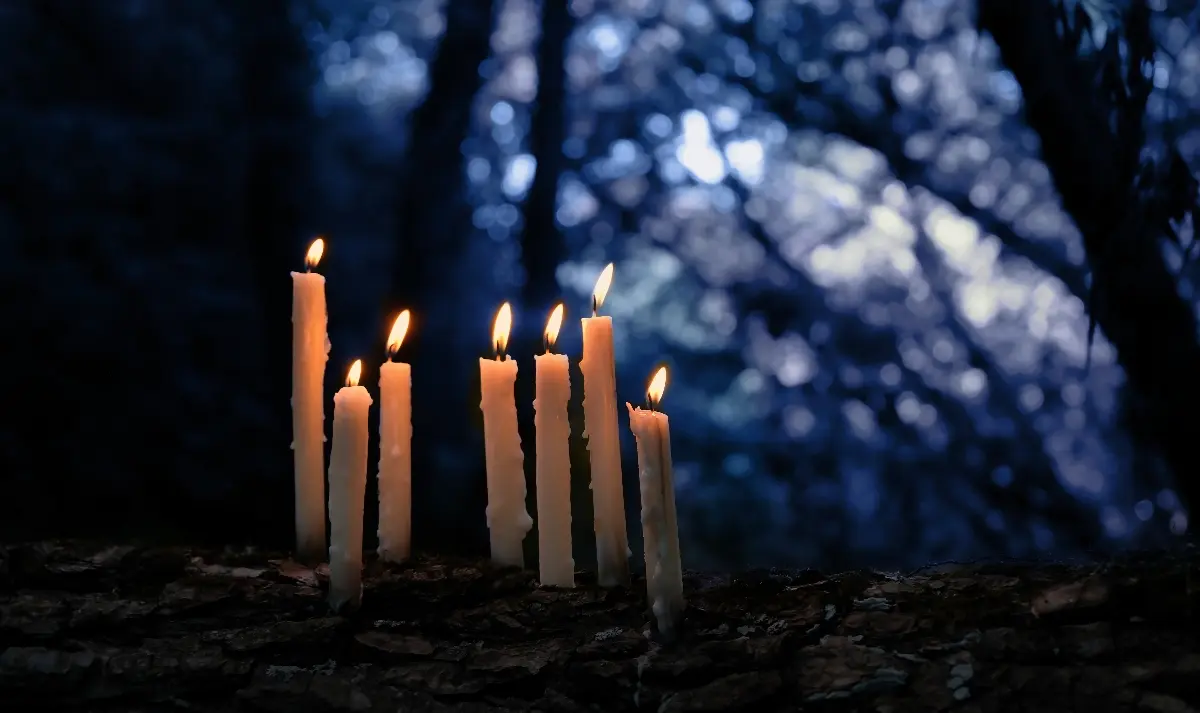
Helyszín címkék:
Luca Day superstitions optimised for the 21st century, or tradition in a modern guise
Uzonyi Nóra
St. Lucia, the “original” Luca
We need to travel back in time, to the 5th century to be precise. The setting is Siracusa, one of the most important cities in modern Sicily. Saint Lucia came from a distinguished family. When her mother became ill, she went with her on a pilgrimage to Catania, some 70 kilometres away, where her mother was magically healed thanks to the prayers addressed to St. Agatha. As a result of the miracle, Lucia offered her heart to Jesus, determined to keep her virginity and never marry. There was just one problem: she already had a fiancé, who understandably took the developments hard. A little too hard, perhaps. In revenge, he denounced her for her Christianity, but the prince tried in vain to inflict the harshest punishments on her, but Lucia seemed invulnerable: neither fire, nor oil, nor hot pitch could touch her. They finally took her life by cutting her throat. Lucia became a saint, and since then she has been prayed to by all those who suffer from eye diseases. In fact, it is interesting to note that craftspeople often invoke her in their prayers, the reason being that they all work with “dangerous-to-the-eye” sharp instruments.

The other Luca-harming, hex and other concerns
It is no coincidence that Luca’s Day falls at a time of year when the sun shines for a very short time. And where there is darkness, there is also a high chance of evil, for example through the appearance of one of the most evil female figures of the ancient belief system, the woman called Luca. It is fortunate that the goodness and light of Saint Lucia (Lucia comes from the word lux = light) counteract the forces of evil.
But let’s look at the most important Luca Day superstitions and their modern alternatives.
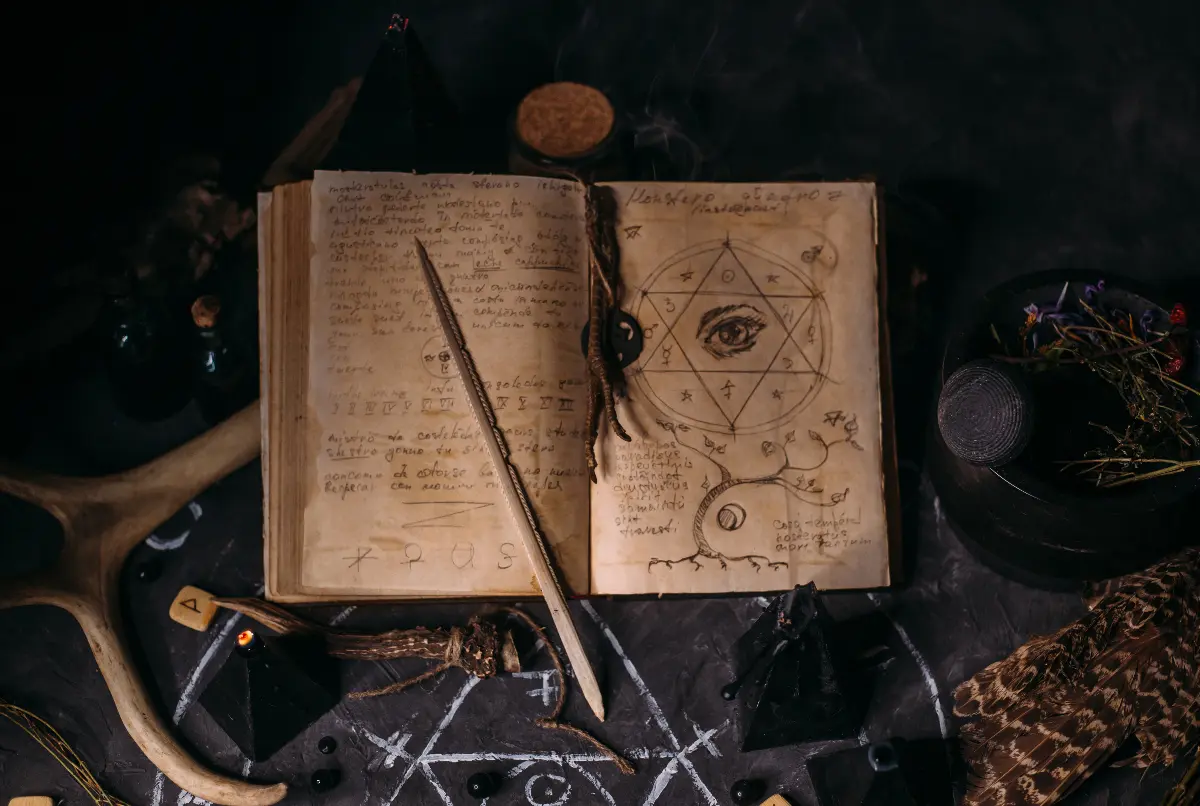
Can meteorologists breathe a sigh of relief?
Our ancestors believed that the weather between St. Luca’s Day and Christmas gave us a glimpse of what the rest of the year would bring. Superstition has it that the first day of the month tells us about January of the following year, the second day about February and so on.
And while in the old days 18 December hardly predicted the weather for June next year, nowadays, the sad fact of climate change means that it is not so impossible for mid-December temperatures to reach 15-20 degrees Celsius. Neither is it impossible for a lightning-quick snow shower to sweep across the country in June...
So it is worth taking note of the weather between 13 and 24 December: who knows, you might get a much more accurate idea of what the weather will be like next year than when you consult your apps.

And speaking of apps
Young girls, regardless of their historical age, have always loved to dive headfirst into the pink pre-fog of love. As well as daydreaming, of course, it didn’t hurt to use a few tricks to find out who their future husband would be. On Luca’s Day, 12 men’s names were chosen and a ticket was thrown into the fire every day. For the last day, only one ticket remained, and the name on it marked the name of “Mr. Big”.
Nowadays, a Luca-day dating app might seem more relevant. No matter what name the system throws out, in a world of persistent left and right swipes, there is a good chance that you will stumble across your intended suitor after a while...
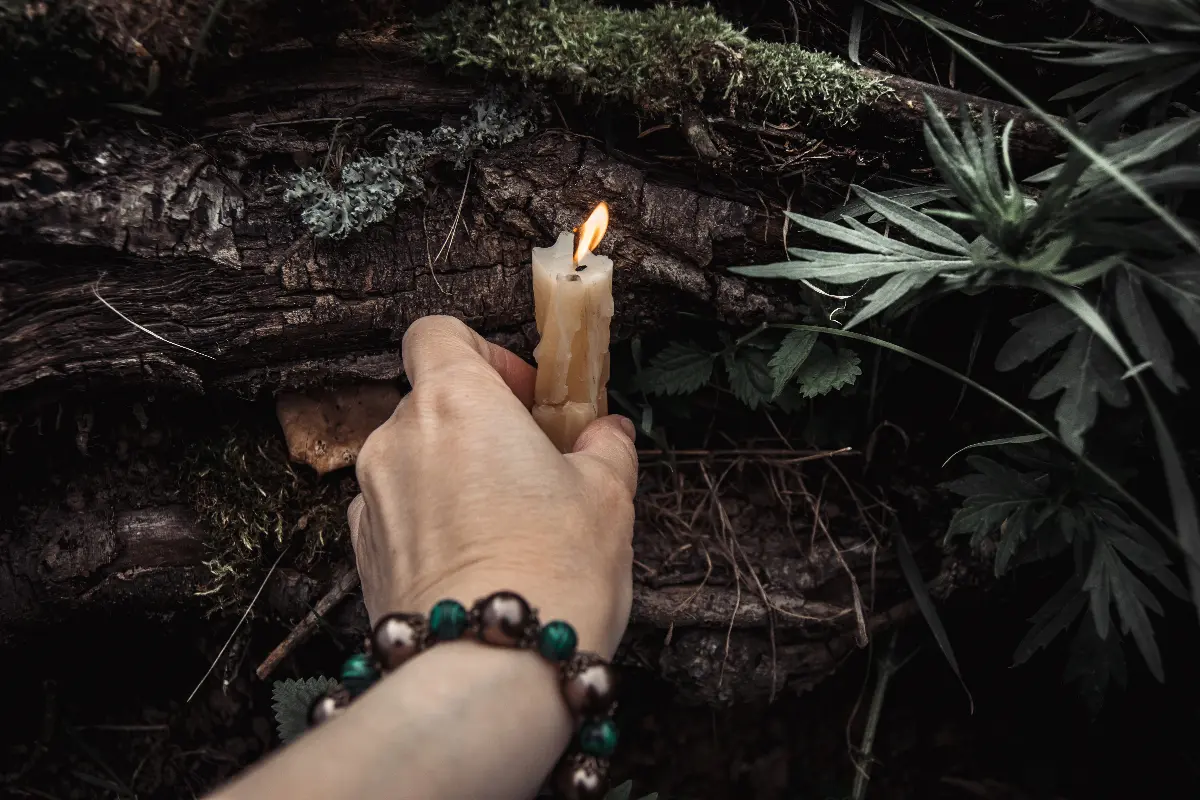
The outcome of the predictions is uncertain, but one thing is for sure: it is worth giving the Luca Day superstitions a chance. Not because they offer a real glimpse into the everyday life, but because they add excitement to it, making the run-up to Christmas even more festive.
